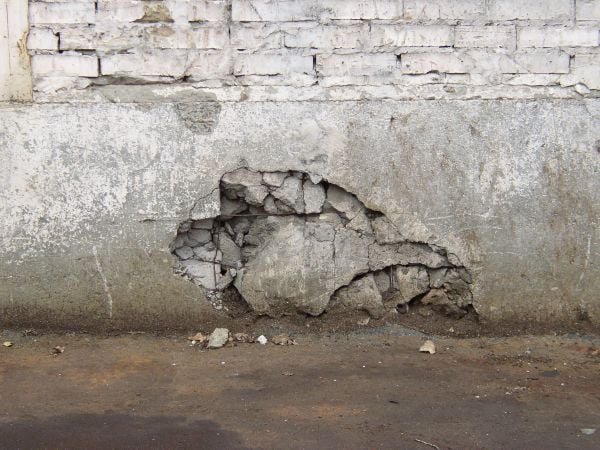One of the most important things you can do in keeping the concrete areas of your facility in good shape, is knowing how to identify why damage has occurred and what can be done to prevent future damage. Preventative maintenance can help you catch minor damage before it becomes a much larger Issue. Here are four of the most common types of damage and why they occur in the first place.
Here are four of the most common types of damage and why they occur in the first place.
Cracks
Cracks seem to be the more common problem with concrete. It can be as little as a couple of weeks from being poured when you see cracks start to form. This is because there were not enough control joints when the concrete was placed. Now while you may see hairline cracks that are annoying, these won't typically cause a larger issue. There are however, a few things to look out for that can cause problems that will need addressing in the future such as:
- Cracks that allow water to seep under the pad
- Cracks that allow water to pool, causing a safety hazard or a trip hazard
- Cracks that cause aesthetics issues and make your property look rundown
Settlement
Settlement is when you see that there are voids within the concrete pad, causing the concrete itself to break, crack, and settle into this void. This makes a trip hazard because you now have a concrete area that is unstable and uneven. This is typically caused by the soil where the concrete was poured. It can be due to the soil drying severely, the soil being loosely compacted, the soil shrinking, or even a washout from an underground water leak. This is an issue that needs fixing as soon as possible so that it does not get worse and does not cause an injury.
Lifting
Lifting is simply that – it is where the concrete has been lifted due to roots that have grown and caused the pad to lift up. This is usually caused by thawing and freezing cycles as well because frozen moisture gets underneath the pad and allows it to lift at the joints, allowing more water to enter and the cycle repeats itself. This is a major safety hazard that needs to be addressed as soon as possible to prevent even further damage.
Read More: Keep Your Building Safe With Preventative Maintenance









